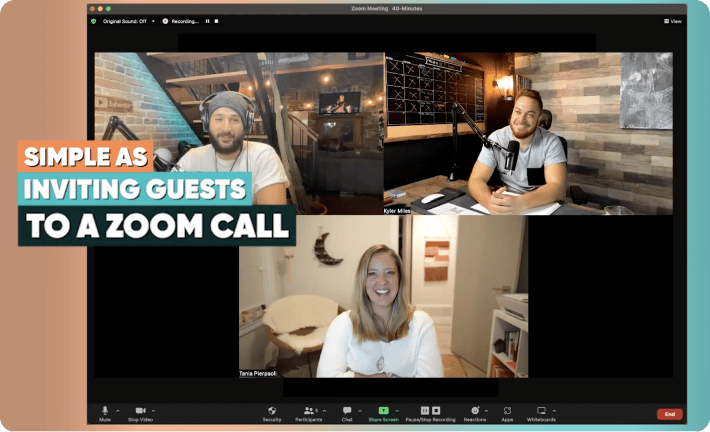The Golden Rule (and Serious “Don’ts”) of Branded Content Sharing

There’s so much content on the Internet that it’s impossible to see it all even if you were online all day, every day for the rest of your life. This is great news for consumers of cat videos and other YouTube addicts, but it isn’t so great if you’re a content creator trying to make your personal or corporate brand stand out in the crowd.
So how do you make your videos shine through the dark depths of the interweb? There are plenty of tips out there on what you absolutely should do — but you also need to know what you absolutely shouldn’t. Lucky for you, we’re here to share not only the golden rule of content sharing, but also some of the most serious sharing don’ts.
The Golden Rule of 5:3:2
Before we get into things you should avoid, here’s the one rule you must follow on social media to get the most traffic to your content. The 5:3:2 rule breaks content down to 5 of 10 posts, 3 of 10 posts and 2 of 10 posts, or simply 50%, 30% and 20%.

The 50% represents curation. This means that half of what you post on social media should be from other people, but relevant to the content you’re trying to promote. For example, if you’re a gaming channel this could be the announcement of a new game. Or, if your videos are dedicated to covering politics, you should feature articles and videos from various other news sources as well.
The next 30% is creation — content that you’ve created personally for your audience. While 30% may seem like a small percentage of your own work, any more can create a feeling of over-sharing, and may come across as boring or boasting. This can scare off your audience and ultimately cause your followership to decrease or become less active.
Finally, there’s the 20% dedicated to sharing your culture, whether it’s company culture or your personal values and experiences. This content should be candid and authentic, perhaps even funny, and make your audience relate to you on a personal level. Prioritizing transparency humanizes you and your brand to create trust and a genuine appeal.
The Serious “Don’ts”
Don’t Use Cutesy Confusing Titles
This may seem a little odd, but headlines that try too hard to be cute or clever can work against you.
While creativity is key to good content, overcomplicating your headlines for humor’s sake can confuse your audience as to what your content is actually about or ruin your SEO. It’s usually better to be straightforward. For example, while “Good Tips for Green Thumbs” sounds catchy and playful, “Tips to Improve Your Garden” is clearer and therefore more likely to attract clicks or appear in a Google search.
Don’t Use Complicated URLs
If you want people to go straight to your website, it’s important that you don’t use a confusing URL.
A URL with a bunch of numbers, symbols, or random letters is extremely hard to type or remember. Keep your URLs short and simple. Make sure it’s related to your content or name to make it easy for your audience to find.
Don’t be a Copycat
Like we said before, creativity is key. And originality is a requirement. Why? For starters, any plagiarized content is likely to be taken down from websites and can even result in a ban from the platform altogether.
In addition, if your content is successful in attracting your target audience, it’s more than likely that this audience follows similar brands and creators. So, if you copy or outright plagiarize others, your audience will eventually figure it out and lose interest, or worse, respect, for your brand.
Don’t Forget to Post!
Posting content consistently can be difficult, especially if you aren’t able to devote all of your time to the task. However, if you want your content to take off and potentially earn you revenue, you need to post as regularly as possible.
Regular posting does two different things. First, it helps your content stay at the top of search engine results, making it more accessible to your audience. Second, it keeps your audience hooked. If you post too infrequently, you’ll lose their attention.
* * *
So there you have it! While this is by no means an exhaustive list of all the do’s and don’ts of content sharing, we believe these tips are key to your success as a branded content creator and sharer. That being said, please feel free to comment with any experiences or tips of your own! It’s a wild world out there, but we can work together to make it a little less intimidating.







